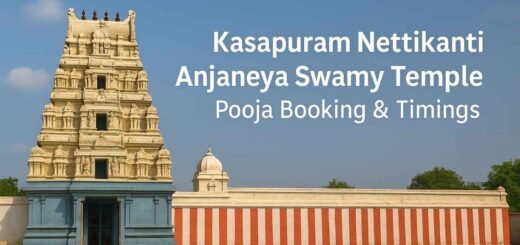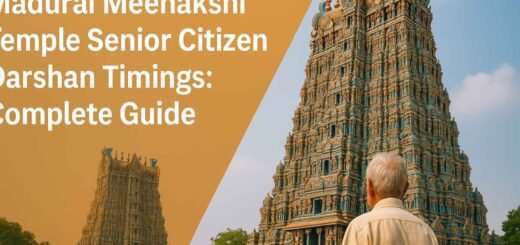2023 Tirumala Teppotsavam Dates Timings Tickets Online Booking
Know the details about the 2023 Tirumala Teppotsavam Dates Timings Tickets Online Booking, Tirumala Teppotsavam 2023 Dates Timings Tickets Online Booking, Tirumala Teppotsavam Ticket Prices and Dates, Rituals and Celebrations of Boat Festival
Tirumala Tirupati Teppotsavam Details :
Tirumala Tirupati One of the most well-known boat festivals is called Teppotsavam and is celebrated at the Krishna Temple in Tirupati. It is also known as the float festival. According to the Hindu Calendar, the festivities take place on a big scale for five days each year in the month of Chaitra (March). The Teppotsavam is a magnificent exhibition of culture, religion, tradition, and the devotion of devotees, set to chants praising Lord Govinda.
2023 Tirumala Teppotsavam Dates Timings Tickets Online Booking
Ticket Prices for Teppotsavam :
- 500 INR
- Arjitha Seva: 200 Rupees
The time for a devotee’s darshan must be reserved in advance, and online reservations through the Tirumala Tirupati Devasthanam website are preferred. Once you’ve reserved your slot online, you must bring identification with you to the location. Bookings begin 90 days prior to the festival’s start date. To validate credentials, you must gather forty minutes before the event starts.
The cost of the Teppotsavam Seva is 500 INR per person every day. As part of the Seva, devotees get gifts of silk clothing, a blouse piece, and food. Arjitha Seva is the name of the service or prayer that comes after Teppotsavam.
Click Here to book for the Darshan Tickets Online Now
The Teppotsavam dates in 2023 :
The festival will be conducted from March 3 to March 7 in 2023 at the Tirumala Venkateswara Temple in Andhra Pradesh. Teppotsavam is a five-day festival celebrated in the Hindu month of Phalguna or Chaitra, which falls between February and March. Teppotsavam days are the days preceding Phalguna Pournami, or the full moon day. The five days are Ekadasi, Dvadasi, Trayodashi, Chaturdashi, and Pournami, according to the lunar calendar. The Gregorian calendar’s dates change every year.
- The procession times are often between 7:00 PM and 8:00 PM in the evening. At the holy tank, the hour-long event gets started.
The Teppotsavam’s rituals and festivities :
- The Srivari Pushkarini, the sacred tank, is approached by several floats on each day building up to the big finale. Due to their particular design that allows them to be taken beyond the sanctum, the idols of the deities are known as Utsav Murtis. The mada streets, which are located close outside the main structure, are used to transport the idols around the temple complex. The Murtis are transported out to the Vasantha Mandapam in the centre of the tank after circling it once. They are then installed on colourfully painted floats. Located in the Pushkarini, this Mandapam is a four-pillared building where special prayers are offered.
- A colourful float holding Lord Rama, Lady Sita, Lord Lakshman, and Lord Hanuman is hauled out to the tank on the first day of Ekadasi. As the procession makes three laps around the mada lanes, onlookers are treated to calm chants of the Holy Scriptures and majestic music from local musicians.
- On the second day, Dvadasi—another form of Lord Vishnu—carries Lord Krishna and his spouse Lady Rukmini to the tank. The invocations implore the Lords to grant the devotees mercy and wealth, which is a sight that is utterly mesmerising to witness. After three circuits of the procession, the deities are taken to the pond.
- On Trayodashi, Chaturdashi, and Pournami, the third, fourth, and final days, respectively, the presiding deity of Tirumala, Sri Malayappa Swami, and his consorts Lady Sridevi and Lady Bhudevi are transported to the Srivari Pushkarini. Three, five, and seven shots are fired on the third, fourth, and fifth days of the Teppotsavam, respectively.
- As the days go, the deities are given multiple tours of the temple complex. The floats are paraded seven times on the final day, Pournami, much to the joy of the devout. In the tank, special prayers and rituals are carried out as bystanders enjoy the lovely illumination of the full moon.
- The constructions are quite stunningly decked with lights, colours, aromatic flowers, and streamers. A traditional wind instrument called a nadaswaram provides divine music while priests chant sacred mantras and offer prayers for the welfare of humanity. You’re sure to be mesmerised by the magnificent display.


